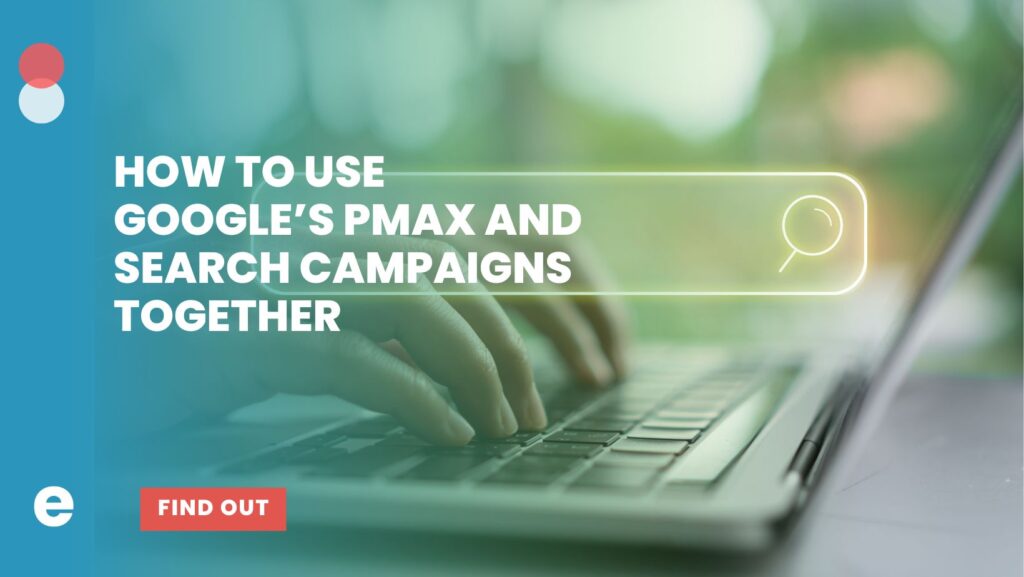Digital marketing success relies on clear goals and measurable results. Tracking the right metrics helps marketers optimize strategies and make informed decisions. However, some agencies avoid discussing metrics that reveal campaign weaknesses or require long-term commitment. This article highlights key metrics that matter, offering transparency to businesses seeking real growth.
Why Metrics Matter in Digital Marketing
Metrics measure the effectiveness of campaigns by providing actionable data. They highlight what drives results and reveal gaps needing attention. Vanity metrics, such as likes, impressions, or follower counts, can create a false sense of success without showing true impact.
These numbers often lack context and fail to tie back to business objectives. Instead, focus on meaningful progress metrics, like revenue growth, customer acquisition costs, and retention rates. These provide a clearer understanding of how campaigns influence profitability and long-term sustainability. By tracking the right metrics, businesses can allocate resources wisely and make decisions that drive measurable growth.

Key Metrics Every Business Should Track
1. Conversion Rate
Conversion rate measures the percentage of users who complete a desired action, such as making a purchase, signing up for a newsletter, or filling out a contact form. It serves as a critical indicator of how effectively your website or campaign turns visitors into paying customers or engaged leads.
A high conversion rate signals that your messaging, user experience, and calls to action resonate with your audience. Conversely, a low conversion rate highlights areas for improvement, such as page design, load speed, or relevance of offers. Regularly optimizing your conversion rate ensures better performance and maximizes the value of your traffic.
- Formula: (Conversions ÷ Total Visitors) × 100
- Why it matters: High traffic means little without conversions. Focus on optimizing landing pages and calls to action.
- How to improve: Test headlines, forms, and design elements to identify what drives more conversions.
2. Customer Acquisition Cost (CAC)
CAC calculates how much you spend to gain a new customer. This metric connects marketing costs to revenue by showing the true cost of acquiring each customer relative to their potential value. A low CAC indicates efficient use of marketing resources, while a high CAC may suggest overspending or targeting the wrong audience.
Understanding CAC helps businesses allocate budgets effectively across different channels, identify cost-efficient campaigns, and determine whether their strategies are scalable. By tracking CAC alongside metrics like Customer Lifetime Value (CLV), companies can ensure their marketing investments are not only driving growth but also generating sustainable profitability.
- Formula: Total Marketing Spend ÷ Number of New Customers
- Why it matters: High CAC can signal inefficiencies or overspending.
- How to improve: Focus on cost-effective channels and nurture leads through email or remarketing campaigns.
3. Customer Lifetime Value (CLV)
CLV estimates the total revenue a customer brings to your business over their relationship with your brand. It provides insight into the long-term value of acquiring and retaining a customer, helping businesses understand which strategies drive sustained profitability.
A higher CLV indicates strong customer loyalty and satisfaction, often achieved through excellent products, services, and engagement. By comparing CLV with Customer Acquisition Cost (CAC), companies can assess the return on their marketing investments. Improving CLV often involves focusing on retention through personalized experiences, loyalty programs, and consistent communication. Tracking and optimizing CLV ensures a stronger foundation for long-term business growth.
- Formula: (Average Purchase Value × Purchase Frequency × Customer Lifespan)
- Why it matters: CLV helps allocate budgets to customer retention efforts instead of just acquiring new customers.
- How to improve: To keep customers engaged, use loyalty programs, personalized offers, and consistent customer support.

Actionable Steps to Improve Campaign Performance
- Analyze Data Regularly: Review metrics weekly or monthly to identify trends and adjust strategies.
- Focus on Quality Traffic: Attract users who are more likely to convert through precise targeting and relevant content.
- Invest in Retention: Retaining customers is more cost-effective than acquiring new ones. Build loyalty through value-driven email campaigns and excellent service.
Advanced Metrics for Competitive Edge
While foundational metrics drive initial success, advanced tracking reveals deeper insights:
- Attribution Modeling: Understand how different channels contribute to conversions.
- Engagement Scores: Combine behaviors like clicks, time on site, and actions into a single score.
- Churn Rate: Track the percentage of customers leaving to improve retention strategies.
Using advanced analytics tools ensures you don’t miss critical trends that can shape your long-term strategy.
Why Enilon is Your Partner in Success
At Enilon, we believe in complete transparency and measurable outcomes. We go beyond basic metrics to deliver insights that align with your goals. Whether you’re looking to lower your CAC, improve CLV, or identify untapped opportunities, we have the expertise and tools to help.
Our team provides customized dashboards, detailed reporting, and actionable recommendations to ensure your campaigns deliver results. With Enilon, you gain a partner committed to your growth—not just short-term wins.
Conclusion
Tracking the right metrics builds a clearer picture of digital marketing performance. Avoiding vanity metrics ensures a focus on real value and long-term results. By measuring conversion rates, CAC, and CLV, businesses can refine strategies and achieve meaningful growth.
Enilon brings data-driven insights and a partnership mindset to help your business succeed. Let’s talk about how we can turn your marketing metrics into measurable growth. Contact us today to learn more!


